Home>Garden Essentials>How 3D Modeling Has Helped Landscape Design
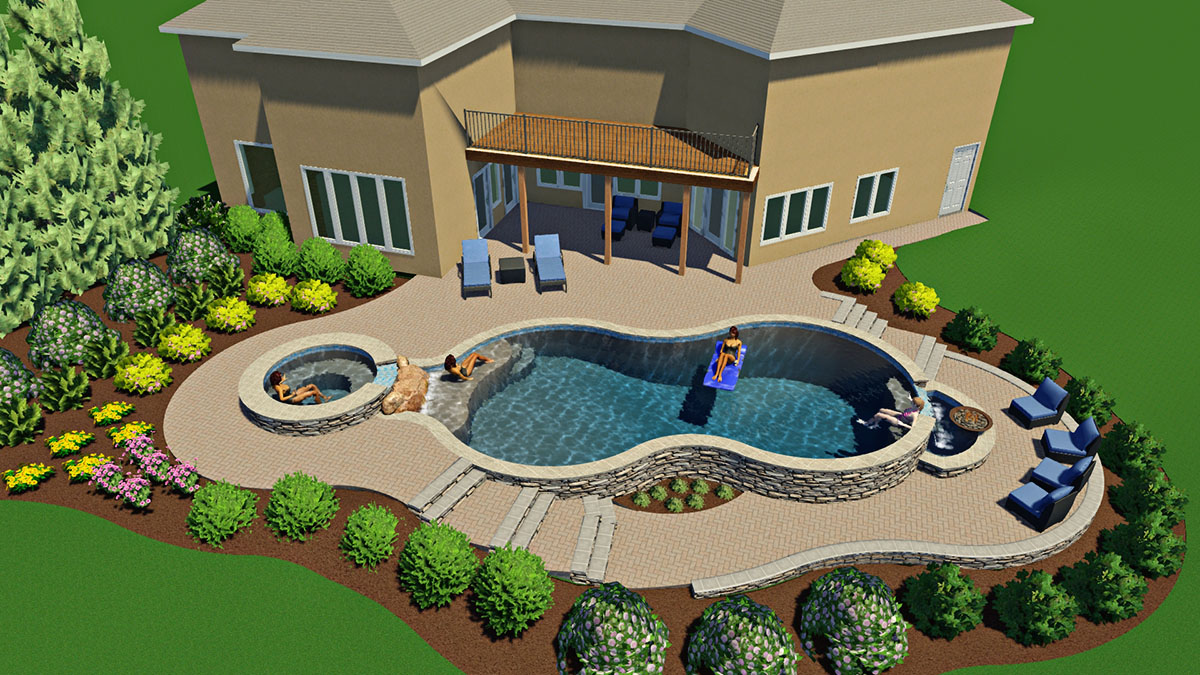

Garden Essentials
How 3D Modeling Has Helped Landscape Design
Modified: March 7, 2024
Discover how the power of 3D modeling is transforming landscape design, with a focus on garden enhancements and improvements. Explore the endless possibilities for your outdoor space.
(Many of the links in this article redirect to a specific reviewed product. Your purchase of these products through affiliate links helps to generate commission for Storables.com, at no extra cost. Learn more)
Introduction
In the world of landscape design, creativity and innovation are key to transforming outdoor spaces into stunning and functional environments. For years, designers have relied on their artistic eye, sketches, and blueprints to bring their visions to life. But with advancements in technology, a new tool has emerged that is revolutionizing the way landscape designers work: 3D modeling.
3D modeling is the process of creating three-dimensional, digital representations of objects or spaces. In the context of landscape design, it involves the creation of virtual landscapes and gardens that can be explored and analyzed from various angles. This technology has opened up a whole new world of possibilities in landscape design, allowing designers to visually convey their ideas with unprecedented realism and precision.
Over the past decade, 3D modeling has gained increasing popularity in the landscape design industry. Designers are employing this technology to enhance the visualization and communication of their concepts, streamline the design process, and improve the accuracy and precision of their work. In this article, we will delve deeper into the world of 3D modeling in landscape design, exploring its benefits, challenges, and limitations.
So, whether you’re a professional landscape designer or simply someone with a passion for gardens, get ready to discover how 3D modeling is transforming the way we design and experience outdoor spaces.
Key Takeaways:
- 3D modeling revolutionizes landscape design by creating realistic virtual environments, enhancing communication, and streamlining the design process, leading to more accurate and satisfying outdoor spaces.
- While 3D modeling offers immense benefits in landscape design, challenges such as software complexity, resource intensiveness, and limitations in visualization need to be addressed for effective utilization.
Read more: What Is 3D Modeling?
Understanding 3D Modeling in Landscape Design
Before we dive into the benefits and applications of 3D modeling in landscape design, it’s important to have a solid understanding of what exactly 3D modeling entails.
Put simply, 3D modeling is the process of creating digital representations of three-dimensional objects or spaces. In the context of landscape design, it involves the creation of virtual landscapes, gardens, and outdoor spaces using computer software. These virtual models are built using a combination of geometric shapes, textures, materials, and lighting to closely resemble the final physical outcome.
What sets 3D modeling apart from traditional 2D drawings or sketches is its ability to provide a realistic and immersive experience. With 3D models, landscape designers can explore and analyze their designs from different angles, walk through virtual spaces, and even simulate the effects of sunlight and shadows. This level of detail and interactivity allows designers to convey their ideas more effectively and enables clients to visualize the final result before it’s built.
For landscape designers, 3D modeling serves as a powerful tool to bridge the gap between imagination and reality. It allows them to bring their concepts to life in a virtual environment, where they can experiment with different design elements, test various layouts, and refine their ideas without the need for physical prototyping.
3D modeling also facilitates collaboration among different stakeholders involved in a landscape design project. Designers can easily share their virtual models with clients, contractors, and other professionals, enabling clearer communication and a more holistic approach to the design process.
Now that we have a grasp on the basics of 3D modeling in landscape design, let’s explore the various benefits that this technology brings to the table.
Benefits of 3D Modeling in Landscape Design
3D modeling has proven to be a game-changer for landscape designers, offering a multitude of benefits that enhance the overall design process and client satisfaction. Let’s dive into some of the key advantages of using 3D modeling in landscape design.
Enhancing Visualization and Communication:
One of the biggest advantages of 3D modeling is its ability to provide realistic visualizations of landscape designs. By creating virtual models, designers can showcase their ideas with unparalleled accuracy and detail. Clients can explore the virtual landscape, getting a clear understanding of the final outcome. This powerful visualization tool helps bridge the gap between the designer’s vision and the client’s expectations, resulting in more accurate and satisfying design outcomes.
Streamlining Design Process:
3D modeling allows landscape designers to rapidly iterate and refine their designs. With the ability to quickly make changes and test different design concepts, designers can streamline the design process, saving valuable time and resources. This iterative approach to design ensures that every aspect of the landscape is carefully considered and optimized.
Read more: How Hard Is 3D Modeling
Improving Accuracy and Precision:
3D modeling enables designers to create precise and accurate representations of their designs. Measurements and scale can be precisely defined, ensuring that the final built landscape matches the initial concept. This level of accuracy also extends to the placement of elements such as plants, hardscapes, and structures, ensuring that every detail is accounted for.
Incorporating Environmental Factors:
3D modeling software offers tools to simulate environmental factors such as sunlight, shadows, and wind patterns. This allows designers to analyze the impact of environmental conditions on the landscape design. By considering these factors during the design phase, designers can create outdoor spaces that are not only visually appealing but also functional and sustainable.
Facilitating Collaboration:
With 3D modeling, designers can easily share their virtual models with clients, contractors, and other professionals involved in the landscape design process. This fosters collaboration and improves communication, as all stakeholders can visualize and provide feedback on the design. By working together in a virtual environment, designers and clients can make informed decisions and ensure that the final design meets everyone’s expectations.
These are just a few of the many benefits that 3D modeling brings to landscape design. From enhancing visualization and communication to streamlining the design process and improving accuracy, 3D modeling has become an invaluable tool for landscape designers seeking to create exceptional outdoor spaces.
Enhancing Visualization and Communication
In the world of landscape design, effective visualization and communication are key to ensuring that the client’s vision aligns with the designer’s concept. This is where 3D modeling shines, offering a powerful tool to enhance both visualization and communication in the design process.
Traditional 2D drawings and blueprints can often be difficult for clients to fully visualize and understand. They may struggle to see how the design will translate into a real-life space or how different elements will interact with each other. This gap between the designer’s vision and the client’s understanding can lead to misunderstandings and dissatisfaction with the final result.
With 3D modeling, landscape designers can bridge this gap by creating highly realistic and immersive visualizations of their designs. By leveraging computer software, designers can develop virtual models that simulate the final built environment. Clients can then explore these virtual landscapes from all angles, gaining a comprehensive understanding of the design and its spatial relationship.
The level of detail and realism that 3D modeling offers allows clients to visualize the proposed landscape more accurately. They can see how different materials, plants, and hardscapes will look in the space, ensuring that their expectations align with the designer’s vision. This not only builds trust between the designer and the client but also facilitates more informed decision-making throughout the design process.
Furthermore, 3D modeling enables landscape designers to present their ideas in a visually captivating and engaging manner. Instead of relying solely on verbal descriptions or static 2D images, designers can create dynamic, interactive presentations using 3D models. Clients can virtually walk through the landscape, experiencing the design firsthand. This immersive experience not only helps clients better understand the design but also allows them to provide more specific and actionable feedback.
3D modeling also enhances communication among different stakeholders involved in the landscape design project. Designers can easily share their virtual models with clients, contractors, and other professionals, fostering clearer and more effective communication. This ensures that all parties have a shared understanding of the design intent, reducing the likelihood of misinterpretation or miscommunication.
Overall, 3D modeling significantly enhances visualization and communication in landscape design. By creating realistic and immersive representations of the proposed design, designers can effectively convey their ideas to clients, facilitating a clearer understanding and alignment of expectations. This leads to more successful and satisfying landscape design projects.
Streamlining Design Process
The design process in landscape design can be complex and time-consuming, involving multiple iterations, revisions, and adjustments. However, the adoption of 3D modeling technology has revolutionized the design process, making it more efficient and streamlined.
Traditionally, landscape designers would rely on 2D sketches, hand-drawn plans, and physical mock-ups to visualize and communicate their design ideas. While these methods have their merits, they often consume a significant amount of time and resources. Changes or revisions to the design would require starting the process from scratch or implementing time-consuming manual alterations.
With 3D modeling, landscape designers can rapidly iterate and refine their designs with ease. Changes and adjustments can be made quickly and efficiently within the virtual model, allowing for a more fluid design process. Designers can experiment with various design elements, rearrange layouts, and test different options in near real-time, without the need for physical prototyping or starting from scratch.
This iterative approach to design enables landscape designers to explore multiple design concepts and solutions, ensuring that every aspect of the landscape is carefully considered and optimized. They can easily experiment with different materials, colors, plant choices, and placement, refining the design to the finest detail.
Moreover, 3D modeling software often offers a range of tools and features that further streamline the design process. These tools can automatically generate plant schedules, calculate quantities and measurements, and simulate the growth of vegetation over time. This automation not only saves time for the designer but also improves the accuracy and consistency of the design documentation.
Another advantage of 3D modeling in streamlining the design process is the ability to quickly generate and share design documentation. Once the virtual model is complete, designers can generate detailed 2D drawings, including plans, elevations, and sections, directly from the 3D model. This eliminates the need for separate drafting work and reduces the chance of errors or inconsistencies between design documentation and the virtual model.
Furthermore, the automatic generation of construction documentation from the 3D model facilitates a smoother transition from the design phase to the implementation phase. Contractors and construction teams can easily interpret and understand the design intent, resulting in a more efficient construction process and minimizing potential delays or misinterpretations.
Overall, 3D modeling technology has significantly streamlined the design process in landscape design. By enabling rapid iterations, automating design documentation, and facilitating seamless communication between all stakeholders, 3D modeling allows landscape designers to work more efficiently and effectively, resulting in better design outcomes and client satisfaction.
Improving Accuracy and Precision
When it comes to landscape design, accuracy and precision are crucial. Every detail, from the placement of plants to the dimensions of hardscape elements, needs to be carefully considered to create a cohesive and functional outdoor space. This is where 3D modeling technology plays a significant role, as it greatly improves the accuracy and precision of landscape design.
With traditional 2D drawings and sketches, there is often room for interpretation and potential for errors. Designers have to rely on their spatial imagination and technical expertise to envision how the design will translate into a three-dimensional space. This can lead to discrepancies between the intended design and the final outcome, as well as potential mistakes in measurements or placements.
However, 3D modeling allows designers to create precise and accurate representations of their designs. With the use of specialized software, designers can define specific measurements, proportions, and scale within the virtual model. This level of control ensures that the final built landscape closely matches the initial design concept.
Moreover, 3D modeling allows designers to take into account real-world constraints, such as grading, site conditions, and existing structures. By accurately representing these elements in the virtual model, designers can make informed decisions and ensure that their designs are both visually appealing and practical.
3D modeling also aids in the placement of elements within the landscape. Designers can precisely position plants, hardscape features, and outdoor furniture, taking into account factors such as spacing, accessibility, and function. This level of accuracy ensures that every detail is accounted for, resulting in a cohesive and well-designed outdoor space.
In addition, 3D modeling software often provides tools to simulate environmental factors such as sunlight and shadows. By analyzing the sun’s path and the resulting shadows, designers can optimize the placement of elements to maximize natural light and create comfortable outdoor environments.
Another advantage of 3D modeling in improving accuracy and precision is the ability to easily make changes and adjustments. When a modification is made to the design, the virtual model is updated automatically, and all associated elements, measurements, and calculations are adjusted accordingly. This ensures that the design remains consistent and accurate throughout the design process.
By using 3D modeling, landscape designers can create precise and accurate representations of their designs, taking into account real-world constraints and optimizing the placement of elements. This level of accuracy and precision ensures that the final built landscape closely aligns with the designer’s vision and meets the client’s expectations.
Incorporating Environmental Factors
Creating a sustainable and eco-friendly outdoor space is a top priority for many landscape designers and clients. This is where 3D modeling technology proves to be invaluable, as it allows designers to incorporate and analyze various environmental factors during the design process.
3D modeling software offers tools and features that enable designers to simulate and analyze environmental factors such as sunlight, shadows, wind patterns, and water flow. By incorporating these factors into the virtual model, designers can gain valuable insights into how they will affect the final design.
One of the key environmental factors that designers consider is sunlight. By analyzing the sun’s path throughout the day and year, designers can determine how sunlight will impact the outdoor space. They can optimize the placement of structures, trees, and shrubs to maximize or minimize sunlight exposure, depending on the intended use of the space. This ensures that the design not only creates comfortable outdoor environments but also takes advantage of natural lighting for energy efficiency.
Shadows are another important consideration, particularly when it comes to outdoor seating areas or plant growth. By simulating and visualizing shadows in the virtual model, designers can plan the layout and placement of elements to ensure that shade is provided in desired areas. This can enhance the comfort of the space and contribute to a more enjoyable outdoor experience.
Wind patterns are also crucial, especially in open outdoor areas or coastal regions. 3D modeling tools can simulate and analyze wind flow, allowing designers to identify areas of wind turbulence or potential wind barriers. By strategically placing hedges, fencing, or other windbreak elements, designers can create more sheltered and comfortable outdoor spaces.
Water flow and drainage are significant environmental factors that need to be considered in landscape design. 3D modeling tools can simulate the movement of water within the design, highlighting potential drainage issues or areas prone to water accumulation. By identifying and addressing these concerns in the virtual model, designers can ensure proper drainage and prevent water-related problems in the final built landscape.
By incorporating and analyzing these environmental factors in the virtual model, landscape designers can create outdoor spaces that are not only aesthetically pleasing but also sustainable and functional. Designers can create designs that respect and respond to the natural environment, resulting in landscapes that harmoniously coexist with their surroundings.
Furthermore, the ability to accurately analyze environmental factors during the design process contributes to the long-term sustainability and maintenance of the landscape. By considering these factors from the start, designers can create landscapes that require minimal water usage, reduce energy consumption, and promote biodiversity.
Overall, 3D modeling technology empowers landscape designers to incorporate and analyze environmental factors during the design process. By simulating and visualizing sunlight, shadows, wind patterns, and water flow, designers can create sustainable, eco-friendly landscapes that integrate seamlessly with the natural environment.
Challenges and Limitations of 3D Modeling in Landscape Design
While 3D modeling technology has revolutionized the landscape design industry, it is not without its challenges and limitations. It’s important to be aware of these factors to make the most of this powerful tool. Let’s explore some of the key challenges and limitations of 3D modeling in landscape design.
Read more: How To Do 3D Modeling
Complexity and Learning Curve:
Using 3D modeling software requires a certain level of technical proficiency. Designers need to invest time and effort to learn the software and become proficient in its use. This learning curve can be a challenge, especially for those who are new to 3D modeling technology or have limited experience with digital design tools. However, with practice and proper training, these challenges can be overcome.
Software Limitations:
While 3D modeling software has come a long way, it still has certain limitations. Some software may not have all the features or functionalities that landscape designers require for their specific projects. Additionally, certain design concepts or elements may be difficult to represent accurately or convincingly in the virtual model. It’s important for designers to choose software that aligns with their design goals and addresses their specific needs.
Resource Intensiveness:
Working with 3D modeling software can be resource-intensive, requiring powerful hardware and significant processing power. Large, complex models and high-quality renderings can put a strain on computer systems, potentially leading to slower performance or longer processing times. Designers may need to invest in robust hardware and optimize their workflow to ensure smooth and efficient operation.
Cost Considerations:
Investing in 3D modeling software and associated hardware can be a significant financial consideration. Some software options can be quite expensive, and designers may need to budget for recurring updates or subscriptions. Additionally, training and education costs should be taken into account to ensure that designers and team members are fully equipped to utilize the software effectively.
Dependency on Data Accuracy:
Accurate input data is crucial for creating realistic and accurate virtual models. Designers rely on accurate measurements, environmental data, and material specifications to create a faithful representation of the design. If the input data is flawed or inaccurate, it can have a significant impact on the quality and accuracy of the virtual model. Careful attention to data accuracy and validation is necessary to achieve reliable results.
Limitations of Visualization:
While 3D modeling offers a high level of visual fidelity, it still cannot replicate the experience of being in a physical space. Virtual models may lack some of the sensory elements, such as the feel of textures, the scent of plants, or the sound of flowing water. Designers and clients should be aware that the final built landscape may have slight variations in perception compared to the virtual model.
Despite these challenges and limitations, 3D modeling technology continues to advance and offer immense value in landscape design. By understanding and addressing these potential limitations, designers can leverage the power of 3D modeling to enhance their design process and create remarkable outdoor spaces.
Conclusion
3D modeling technology has undeniably transformed the landscape design industry, offering a range of benefits and opportunities for designers and clients alike. Through enhanced visualization and communication, streamlining the design process, improving accuracy and precision, and incorporating environmental factors, 3D modeling has become an indispensable tool for landscape designers seeking to create exceptional outdoor spaces.
With 3D modeling, designers can bring their visions to life in a virtual environment, allowing clients to not just imagine but truly experience the design before it is built. The ability to explore the landscape from various angles, simulate environmental conditions, and visualize different design elements greatly enhances communication and client satisfaction.
Furthermore, 3D modeling streamlines the design process, enabling designers to quickly iterate and refine their designs. Changes and adjustments can be made effortlessly within the virtual model, saving time and resources. The automatic generation of design documentation and the facilitation of collaboration among stakeholders foster clearer communication and a more seamless transition from design to implementation.
However, 3D modeling does come with its challenges and limitations. The complexity of the software, the need for powerful hardware, and the cost considerations can pose obstacles for some designers. Additionally, the accuracy of input data, limitations in visualization, and the potential for slight variations between the virtual model and the final built landscape need to be considered.
Despite these challenges, the benefits of 3D modeling in landscape design far outweigh the limitations. By leveraging 3D modeling technology effectively, landscape designers can create sustainable, visually stunning, and functional outdoor spaces that meet the needs and expectations of their clients.
As the landscape design industry continues to evolve, it is clear that 3D modeling is here to stay. Embracing the power of this technology allows designers to push the boundaries of creativity and innovation, while delivering exceptional landscapes that inspire and delight.
So, whether you’re a landscape designer seeking to enhance your skills or a client dreaming of your perfect outdoor oasis, 3D modeling will continue to shape the future of landscape design, ensuring that our gardens and outdoor spaces remain a source of joy, beauty, and connection with nature.
Frequently Asked Questions about How 3D Modeling Has Helped Landscape Design
Was this page helpful?
At Storables.com, we guarantee accurate and reliable information. Our content, validated by Expert Board Contributors, is crafted following stringent Editorial Policies. We're committed to providing you with well-researched, expert-backed insights for all your informational needs.
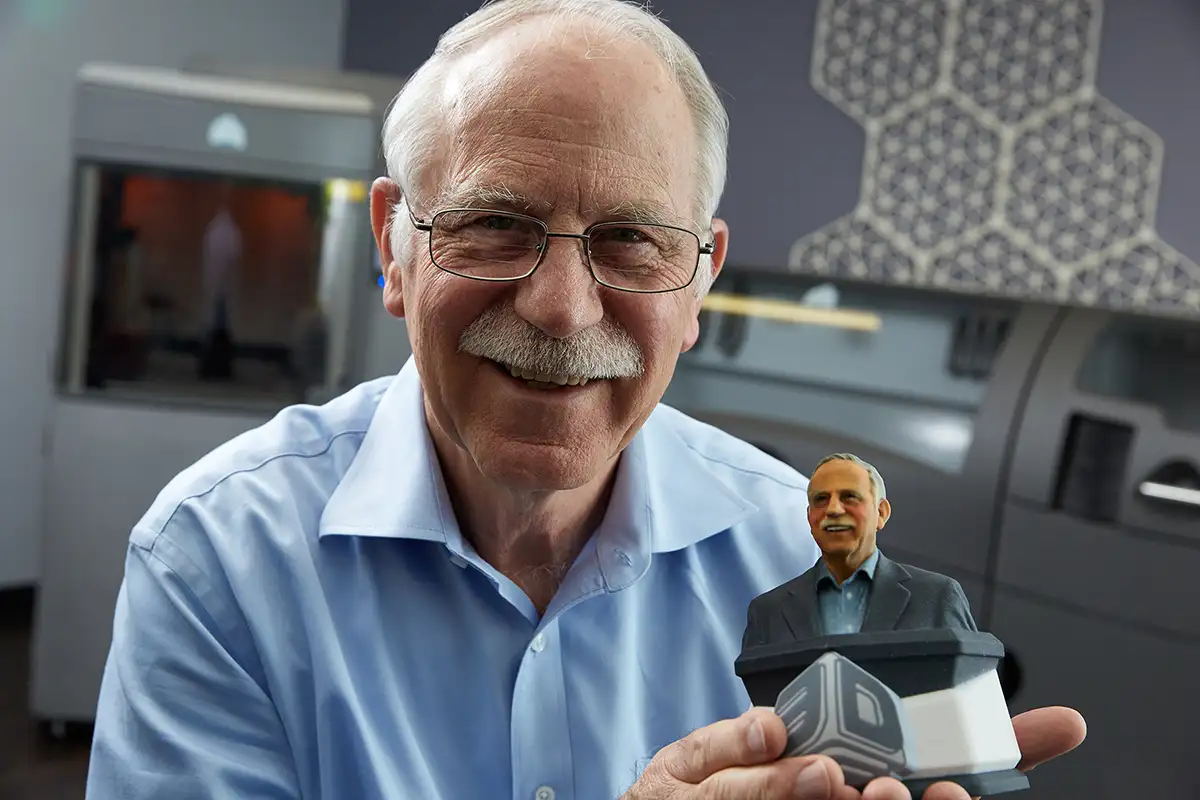
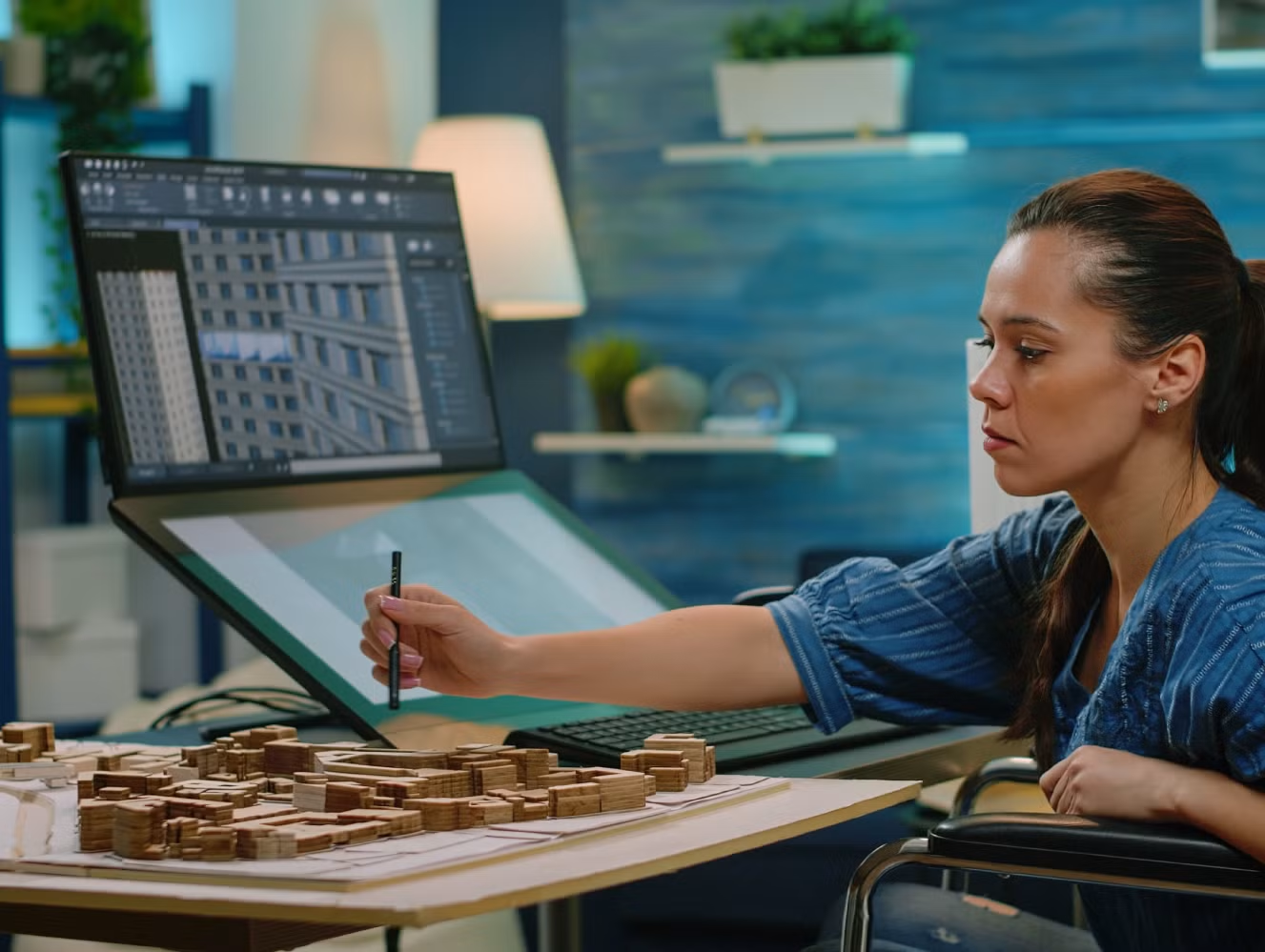

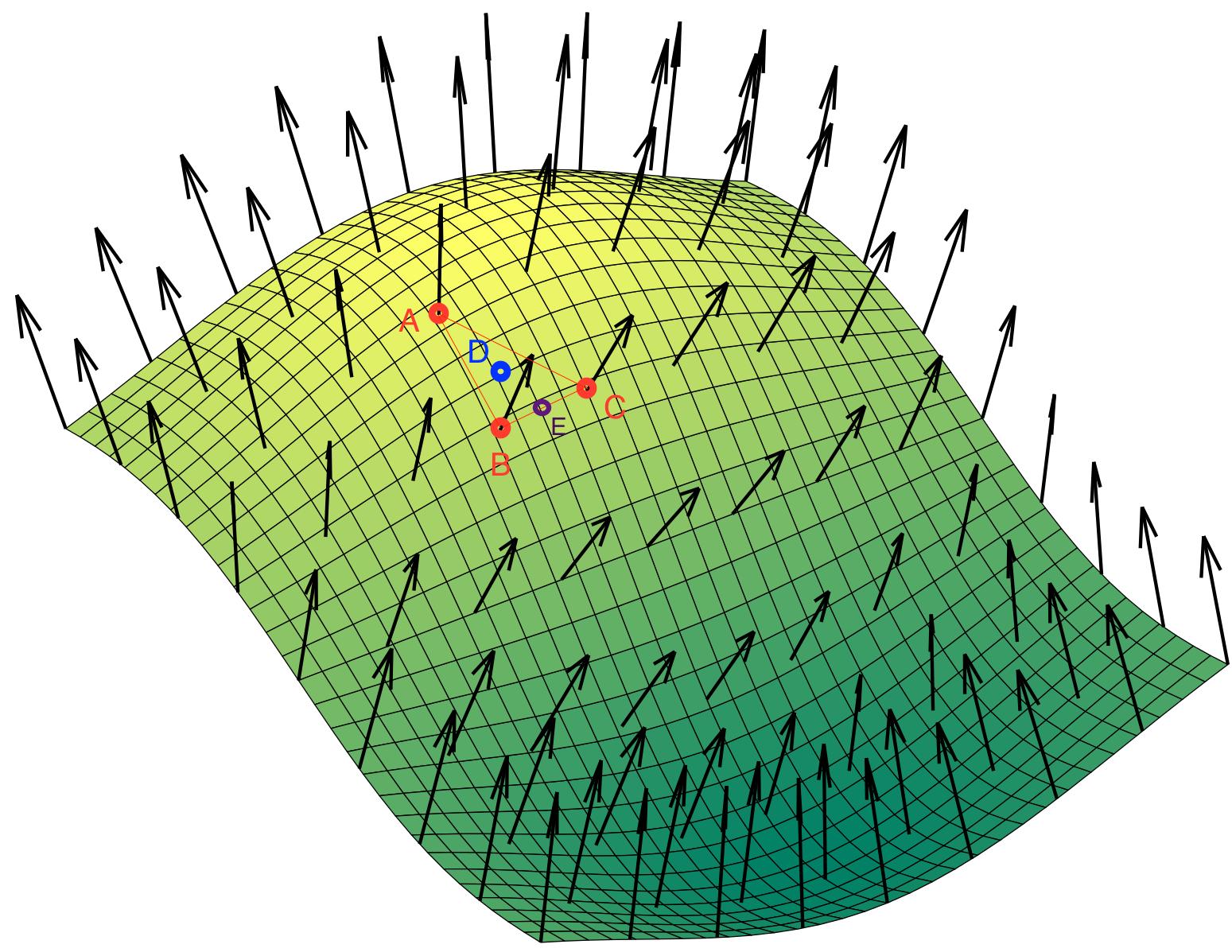
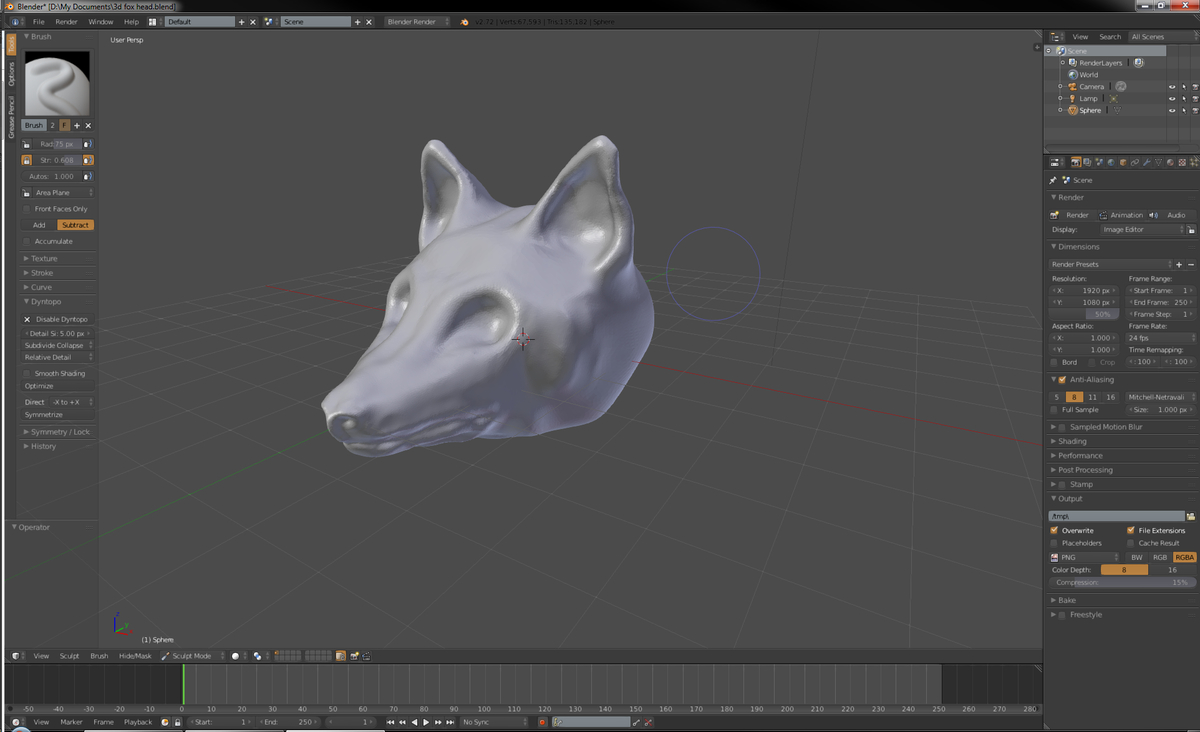
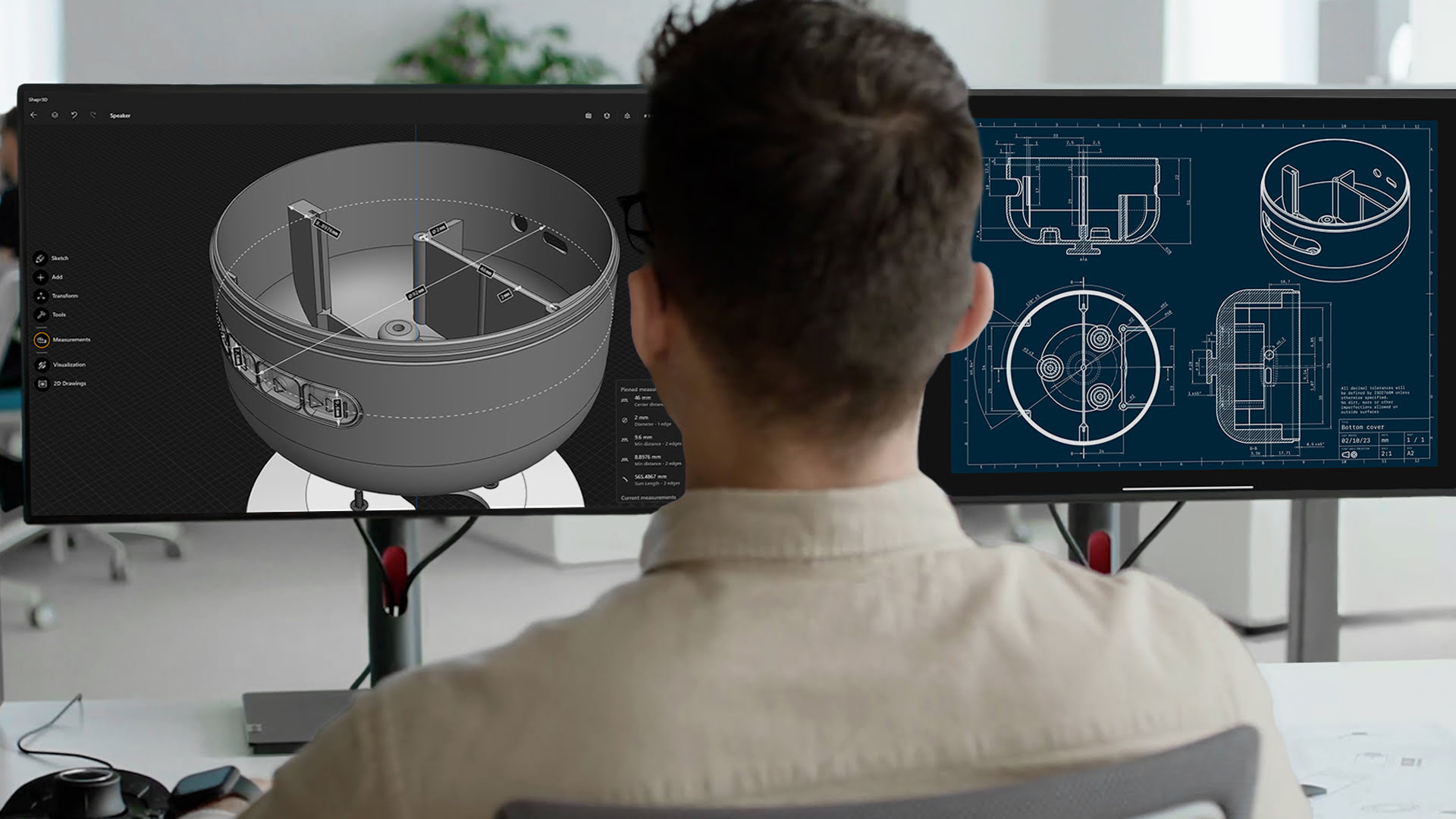
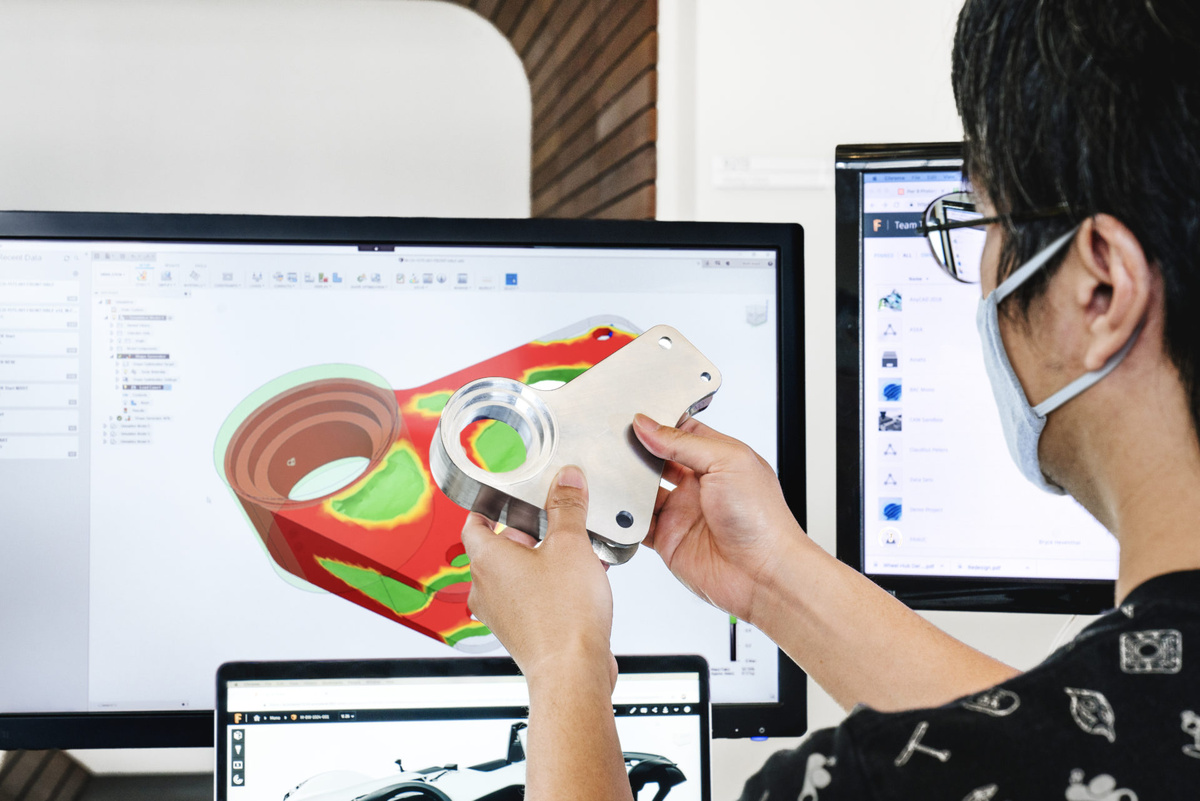
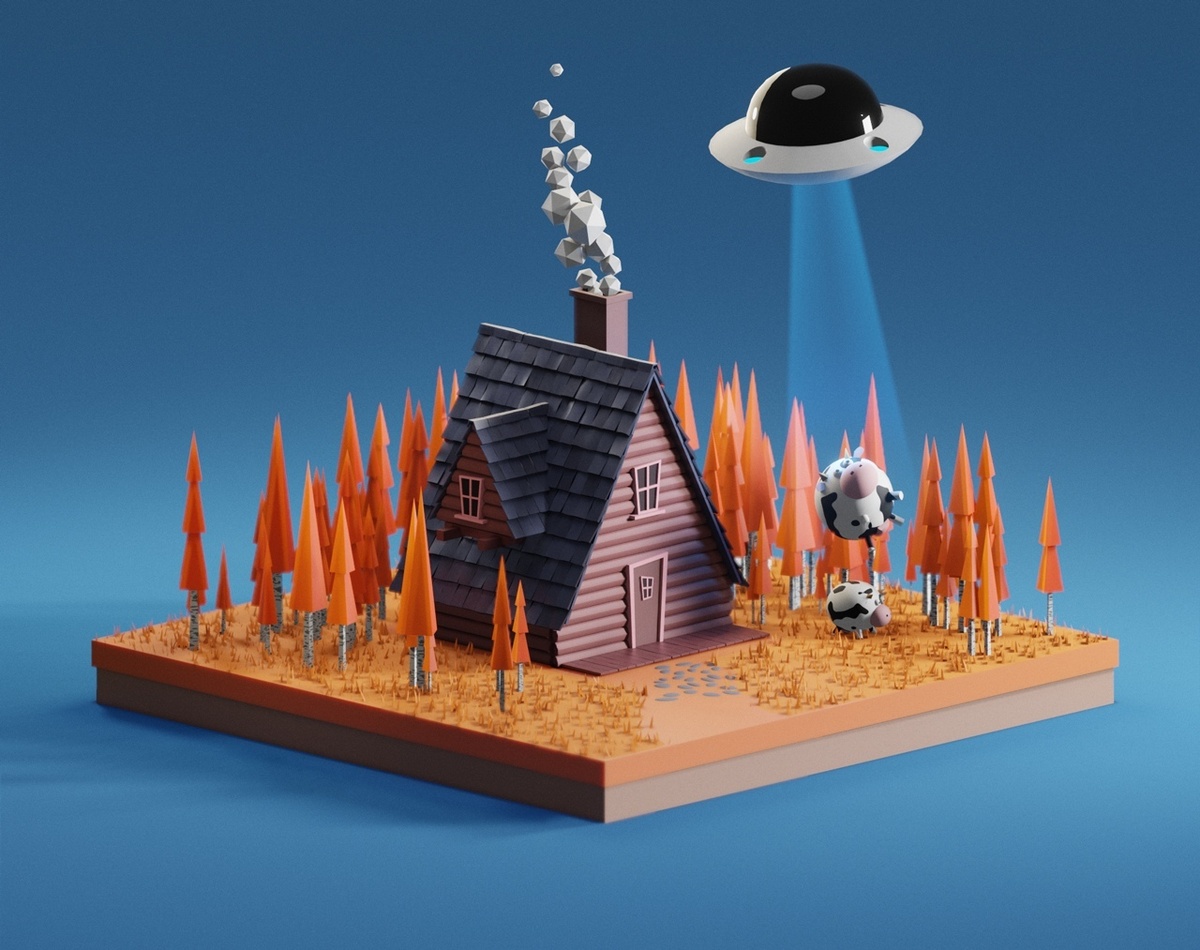
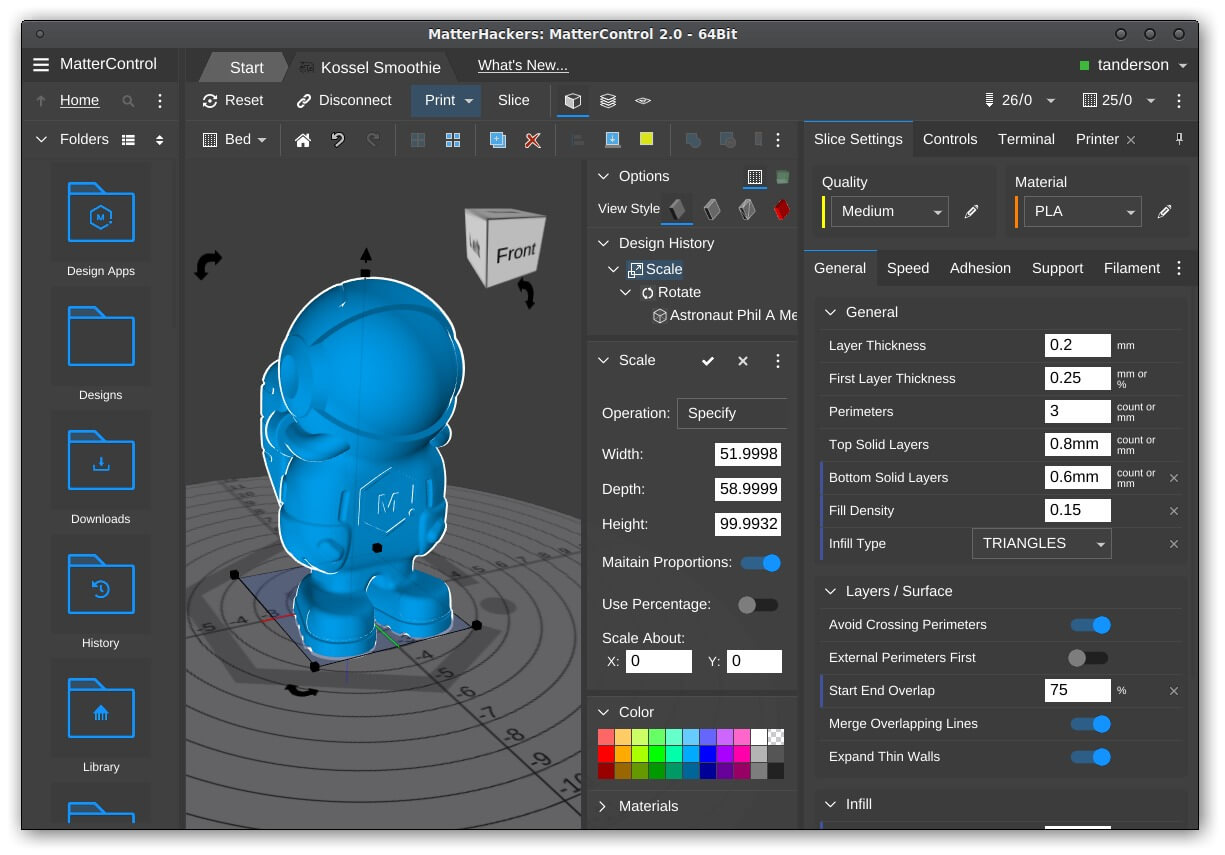
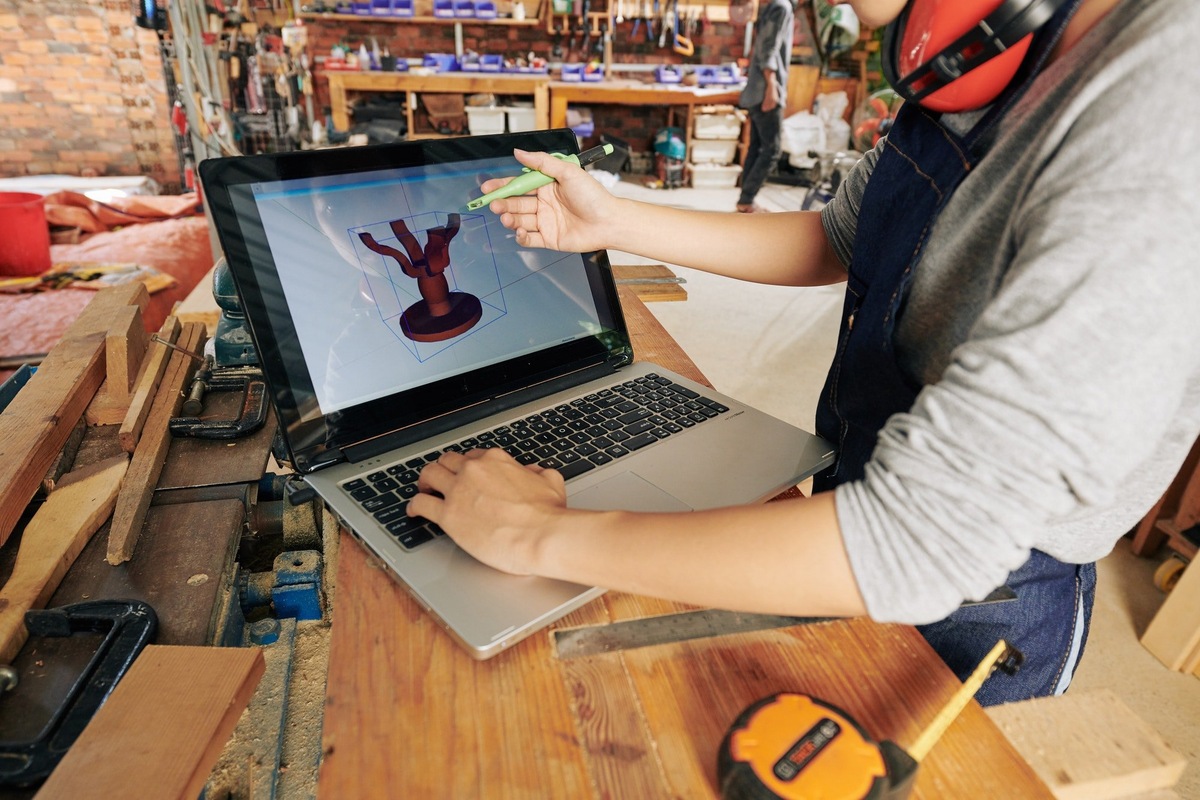
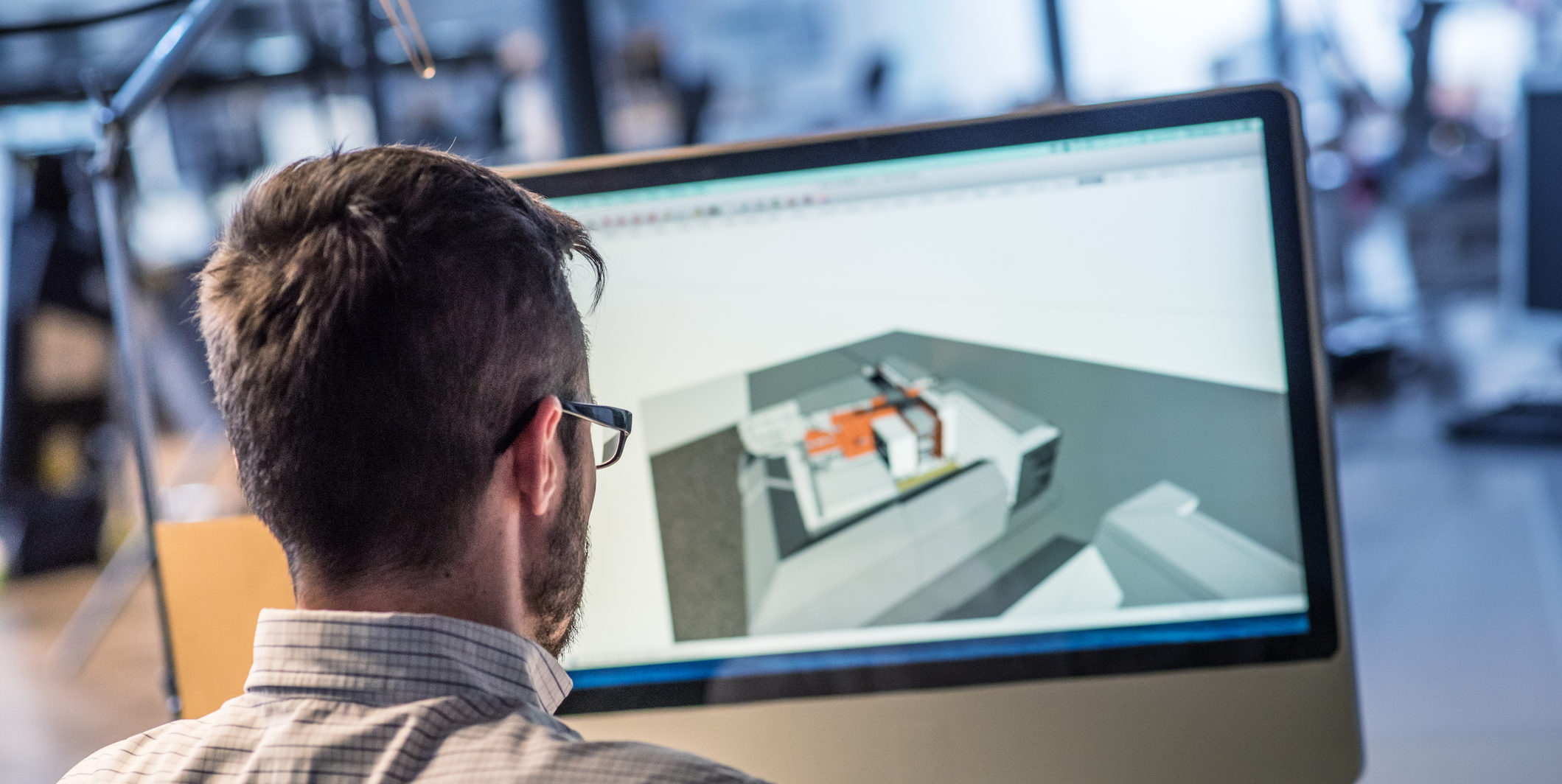

0 thoughts on “How 3D Modeling Has Helped Landscape Design”